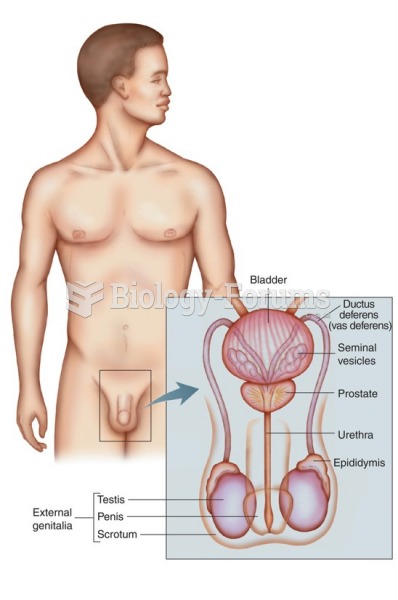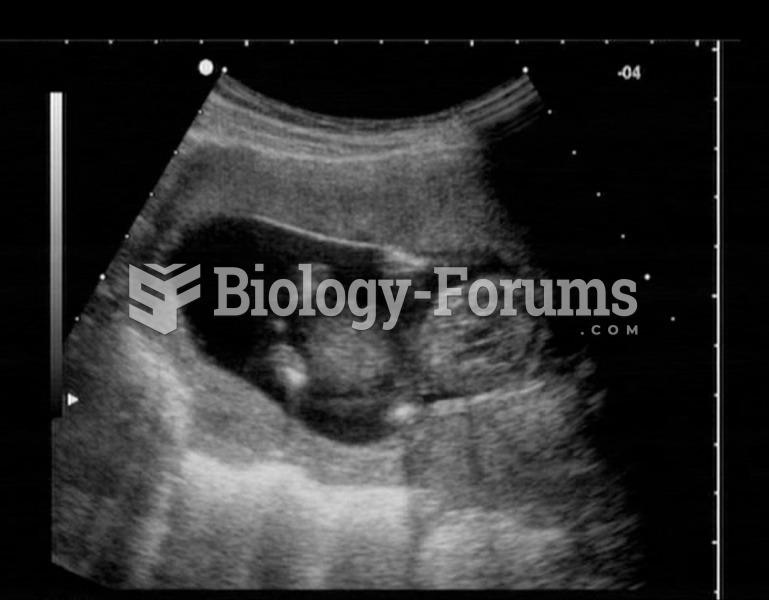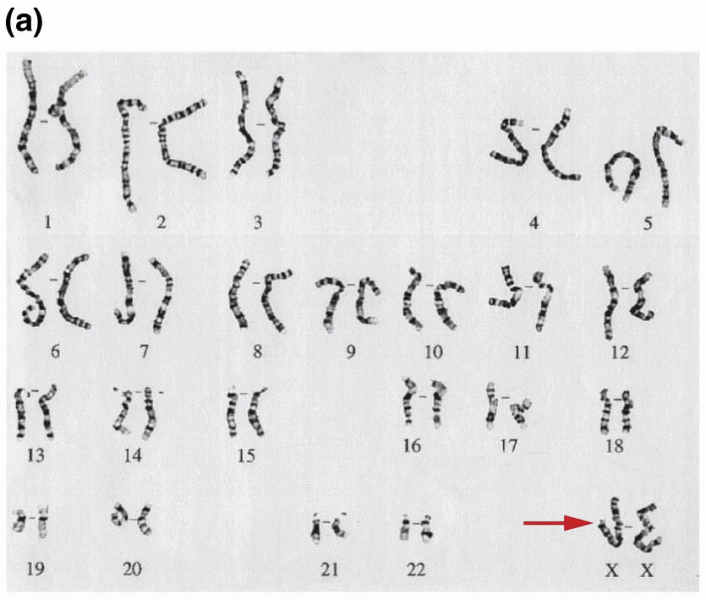Answer to Question 1
ANS: A
Also known as pulled elbow or toddler's elbow, nursemaid's elbow involves the head of the radius slipping under the annular ligament in children, usually between 1 and 4 years of age. The condition occurs when traction is applied to the young child's hand or wrist. There is a history of sudden onset of pain associated with sudden immobility of the affected arm as the child protects the elbow. The parent may be able to identify a situation in which the child's hand was held and traction applied. The child may have moved in an opposite direction or injury could occur while pulling the arm through clothing. There is no associated swelling or inflammation. Examination is otherwise normal with the exception of resistance to attempts to move the arm, elbow, and, possibly, wrist. There may be tenderness along the upper margin of the radius.
Answer to Question 2
ANS: A
Carpal tunnel syndrome causes a range of neurological symptoms, including pain, paresthesia, and weakness. Frequently, nighttime pain is an early symptom. There may be a swelling at the wrist related to inactivity or flexion at night. The pain and/or paresthesias typically involve the anterior aspects of wrist, medial palm, and first three digits on the affected hand. However, pain may radiate up the forearm to the shoulder with numbness and tingling along the median nerve. Over time, hand weakness often develops. Pain and paresthesia are often relieved by the patient shaking the affected hand in a downward fashion; this is called the flicking sign. A positive Tinel's sign is elicited by tapping on the median nerve at the carpal tunnel, causing pain and tingling along the median nerve. Phalen's maneuver reproduces the pain after 1 minute of wrist flexion against resistance.






